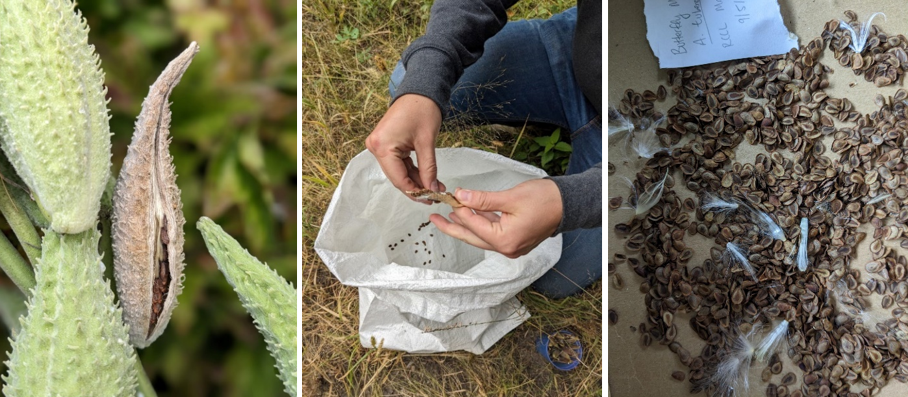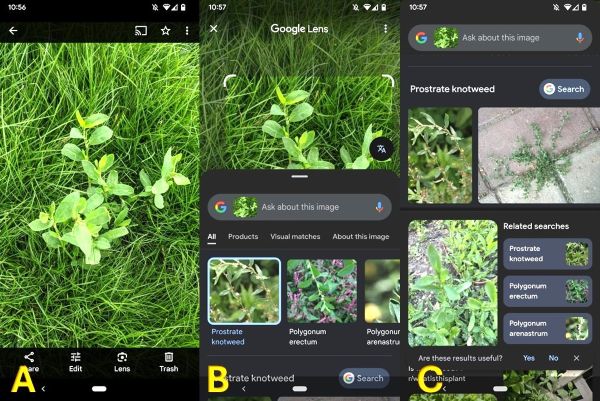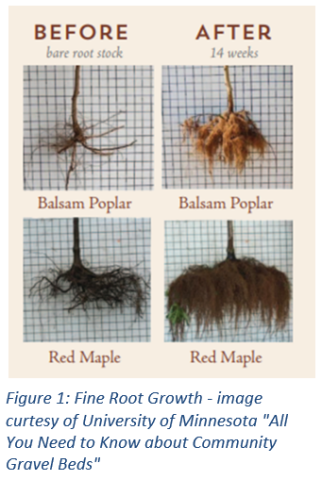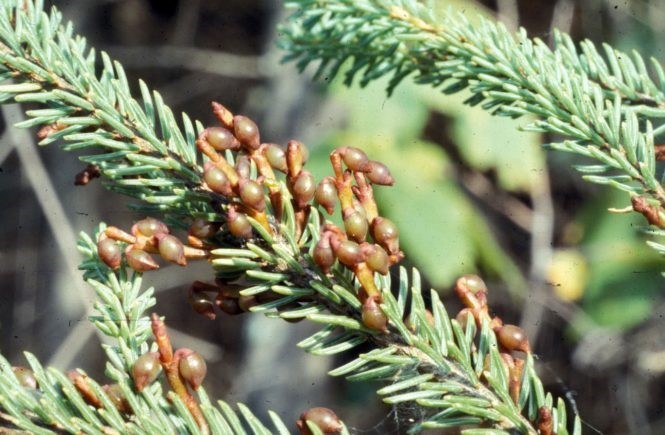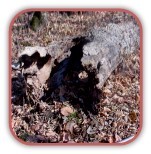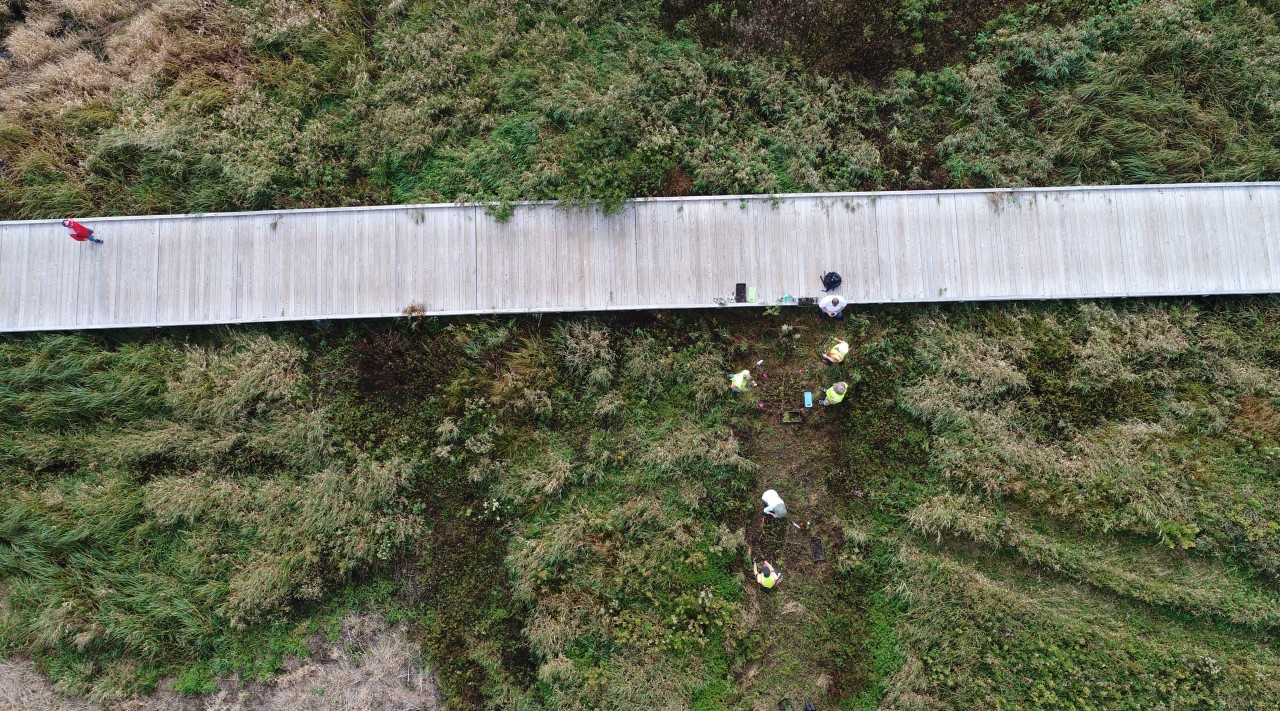Do you have native milkweed plants on your property? If so, early fall is a perfect time to collect seeds. Seeds are mature and ready for collection once they have turned a darker brown. Milkweed pods will turn from green to brown, start to open up and reveal the brown seeds inside. Pods will continue to open and the seed will fly out and disperse. However, it's ideal to collect seeds before the pods fully open and the seed fluff/silk has developed. It is best to remove the fluff from the seed for storage. To separate the seed from the fluff, remove the entire stalk of seeds and fluff/silk from the seed pod, hold the end of the fluff/silk and gently push and pull the seeds off the fluff/silk. Watch this short video to see butterfly milkweed seed cleaning. Once the seed is "cleaned" (the fluff is removed), lay it out to dry completely, label the seed with the plant species name (common or butterfly milkweed), and write the date and location the seed was collected. Store dry seed in paper or mesh plastic bags.
ACD collaborates with Anoka County Parks and cities within Anoka County to enhance local native habitats. If you have native milkweed seed you would like to donate, ACD staff will be happy to take it and spread the seed at appropriate locations.
Contact Carrie Taylor, Restoration Ecologist, at
